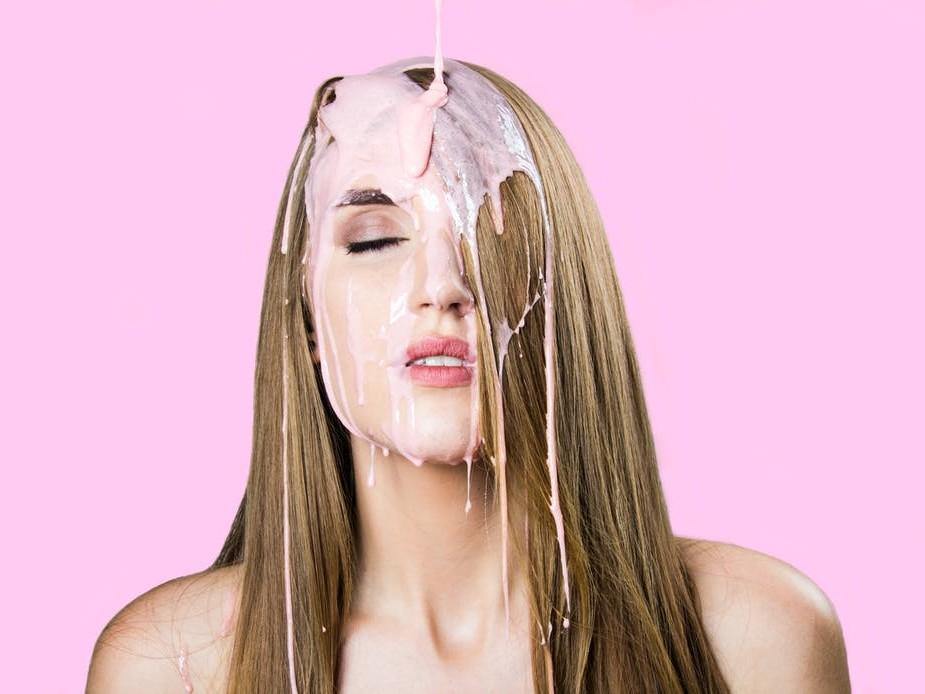7 Surprising Facts About Eyelashes
Our eyelashes may seem like a somewhat random part of our beauty routine, however, they’ve received a ton of attention over the years. We’ll discuss the number of eyelashes, the longest eyelashes ever recorded, the origin of their importance, and some odd cultural trends.
History has a tendency to be bizarre. Some cultures accentuated them, while others removed them entirely. In either case, you’ll likely never look at eyelashes the same way again.
The number of eyelashes?
The average human has over 230 lashes on each eye, but the answer to this question varies by person. The upper eyelid holds about 100 - 200 individual hairs, whereas the bottom eyelid holds 75 - 100. Multiply that by two and you have ~500 eyelashes on your face.
It’s really common for a lower eyelid to contain 50% fewer eyelashes than your upper eyelid.
The longest eyelash ever recorded.
You Jianxia of Shanghai, China holds the Guinness World Record for longest eyelashes. While our 1cm eyelashes curl upwards due to their short nature, Jianxia’s eyelashes are so long that they fall to her chin. The longest eyelash grows on her left upper lid and is almost 12.5 centimeters long (4.88 inches).
When asked about her extremely long eyelashes, You Jianxia replied that “long eyelashes are beautiful as it shows I am healthy”. They’re all-natural, too. She doesn’t even use mascara. Then again, how could she with lashes that long?

Shorter lashes will statistically be found closer to the side of the eye and on the lower eyelid. Our longest eyelashes are on the top.
The first lash stylings.
With a Queen-like Cleopatra, we should’ve already known that the Ancient Egyptians created the trend. Back in those days, both men and women participated in the beauty trend. The Egyptians used them for aesthetic purposes, however, they also played an important role in protection.
Long eyelashes would shield our sensitive eyes from the hot desert - both sand and sun. While modern mascaras certainly don’t advertise on ‘protecting your eyes from the sun’, long eyelashes certainly do a better job of protecting us from sand and other particles.

Eyelashes were believed to be a symbol of purity.
A Roman Philosopher named Pliny the Elder often voiced his belief that too much sexual activity would cause them to fall out. Unfortunately, fact-checkers didn’t exist in those days so some people truly believed him. His incorrect assertion prompted the country’s women to pay particular attention to eyelashes as bold lashes were a telltale sign of virginity.
This seems slightly at odds with our current understanding of natural beauty. Many of society’s “most attractive” human features are intended to signal health to our future partners. For example, plump lips are supposedly an indicator of fertility. Red lips are directly related to high levels of estrogen in the blood. Therefore, we associate this feature with beauty.
When we apply this to eyelashes, those with longer lashes could be protected in harsh environments. Ultimately, an increased ability to preserve and live in intense climates like a desert prove signs of worthiness when looking for a partner thousands of years ago. Seems a bit far fetched, but it probably mattered to people who lived in those parts of the world - like Egypt.
Women completely plucked them out during the Middle Ages
That’s right. In the Middle Ages, women completely plucked their eyelashes out. To clarify, we’re not talking about middle-aged women, but rather women from the Middle Ages. During this time period, many people believed that the forehead was the most attractive female feature. Maybe they believed that it signaled the presence of a big brain?
In order to emphasize the forehead, one could make the part appear larger by simply removing any hair in that area. Women plucked out both eyebrows and eyelashes to increase the beauty of their foreheads (at least…. For them…). They must’ve been aiming for an eight-head.

Eyelashes fall out.
It’s completely normal for eyelashes to fall out. You shouldn’t worry - even if you see 5 fall out on a given day. They’ll grow back, albeit, very slowly. However, it’s worth noting that certain types of mascara aren’t healthy for the eyelashes of particular people. Avoid those highly chemical products at all costs.
The first American mascara.
As mentioned above, products with lots of chemicals are not great for stimulating reliable and long-term eyelash growth. When Maybelline debuted their first formula in America, they actually used a mixture of Vaseline and coal. If Santa delivered coal that Christmas, certain trendy girls in that era might’ve believed it was a good thing!

While coal was the most common item used in the 1920s and 1930s, other mascara companies tried to use dust and ashes. Yuck. Stick to the healthy stuff. As compared to early Americans, we find it ironic that even the Ancient Egyptians used healthier products for their eyelashes.
We hope you learned some things about your lashes. Their rich storied importance takes on different stories in each culture. However, no matter when it was or where it happened, one thing is for sure - eyelashes always mattered, and likely always will.
We bet you’ll never think of your eyelashes the same way again. It’s nice to revisit history and realize how far we’ve come. Now let’s just cross our fingers and hope that we’ll never go back to the no-eyelash-no-eyebrow phase again.
‘Til the next info drop!


















